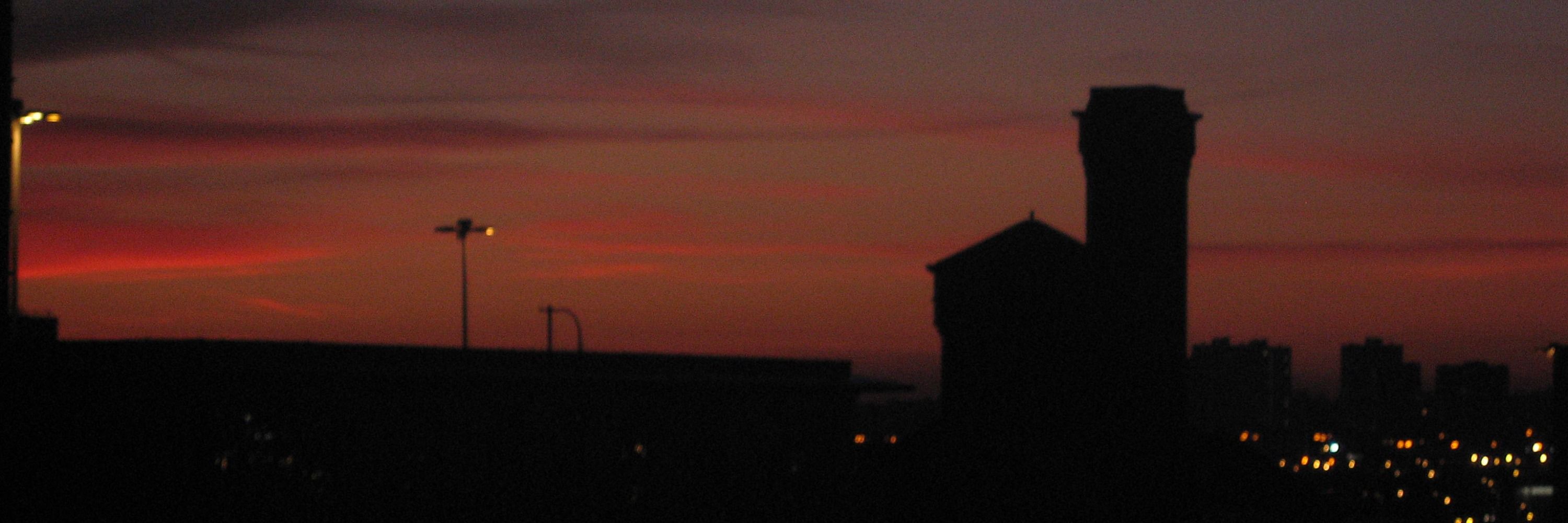Philippa Vishnyakov
@revealmcr.bsky.social
290 followers
570 following
440 posts
Manchester Green Badge Tour Guide. Walks and tours. The original lunchtime Manchester Netwalks for business.
I can't access DMs so please contact via website.
www.revealmanchester.co.uk
Researching women in the footnotes of Manchester history.
Posts
Media
Videos
Starter Packs
Reposted by Philippa Vishnyakov
Reposted by Philippa Vishnyakov
Reposted by Philippa Vishnyakov
Reposted by Philippa Vishnyakov
Reposted by Philippa Vishnyakov
Reposted by Philippa Vishnyakov
Reposted by Philippa Vishnyakov
Reposted by Philippa Vishnyakov
Reposted by Philippa Vishnyakov
Reposted by Philippa Vishnyakov






